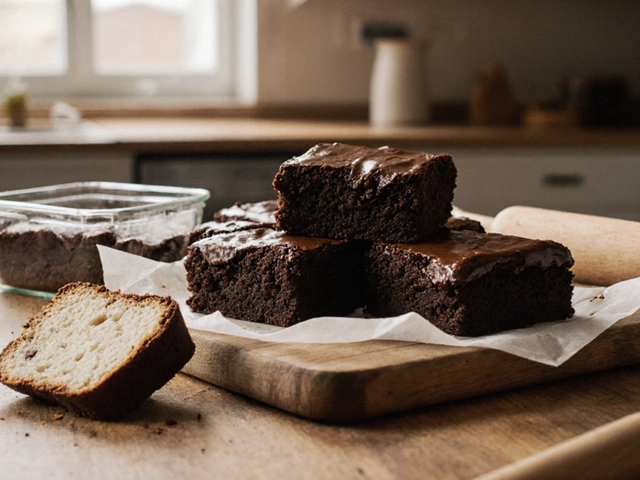European Desserts & Sweet Treats – Recipes, History and Tips
Europe is a treasure chest of sweet ideas. From creamy Italian tiramisu to buttery French macarons, each country has its own signature treat. The good news? You don’t need to travel far to taste them. With a few pantry staples and the right technique, you can bring these classics right to your oven.
Classic Recipes You Can Master Tonight
Start with tiramisu. The name means “pick me up” in Italian, and the coffee‑soaked ladyfingers do just that. All you need are mascarpone, espresso, cocoa, and a touch of sugar. Whisk the cheese until smooth, layer with soaked biscuits, and chill for a couple of hours. The result is a light, velvety slice of Italy that even beginners nail.
If you’re craving something delicate, try French macarons. They can look intimidating, but the secret is simple: a stable meringue, precise folding, and a gentle oven temperature. Blend almond flour with powdered sugar, fold into the meringue, pipe circles, and watch them develop their signature “feet”. Fill with ganache or jam, and you’ve got a Paris‑style bite that feels fancy without the price tag.
For a richer, home‑style treat, American‑style fudge adapts well to European flavors. Use the soft‑ball stage (around 235°F or 112°C) to get that smooth texture. Add a splash of espresso for a mocha twist or a handful of crushed hazelnuts for a nod to Italian biscotti. The key is to stop cooking the moment the mixture can hold a thin line between two spoons without running.
What Makes These Desserts Special? History, Prices and Practical Tips
Every dessert has a story. Cannoli, for example, came from Sicily and were originally made for special occasions. Knowing the origin helps you respect the tradition – use ricotta that’s slightly sweet, and fry the shells just until they’re golden, not burnt.
Price matters too. Macaron costs in France can surprise, but you can keep expenses down by buying almond flour in bulk and making your own buttercream. Remember, a batch of 24 macarons often costs less than a dozen from a boutique shop.
Gluten‑free bakers often ask why cakes sink. The answer lies in the structure: without gluten, the batter can’t trap air as well. Adding a bit of xanthan gum or using a blend of rice and tapioca flour restores elasticity. The result is a light crumb that rivals traditional recipes.
Storing desserts is another easy win. Keep brownies in an airtight container at room temperature and they stay soft for days. If you notice a hint of mold, it’s safer to toss them – no need to gamble with your health.
Finally, don’t forget the fun side of European sweets: celebrate with a king cake during Mardi Gras, or try a queen cake for a British twist. Both bring cultural flair to your table and give you a reason to explore new flavors each season.
So grab your mixing bowls, pick a country, and let the kitchen become your passport. With these recipes, stories, and tips, you’ll taste Europe without leaving your home.

Understanding Europe's Cookie Law for Homemade Cookie Enthusiasts
Europe's cookie law has important implications for bakers navigating the digital world. This article delves into the guidelines on digital cookies crucial for those passionate about both data protection and delicious homemade treats. Explore how the legislation influences the online sharing of recipes, the engagement with cookie enthusiasts worldwide, and ensures your baking blog remains compliant. Learn essential tips on managing digital cookies and safeguarding personal data while enjoying your baking journey.
View More




